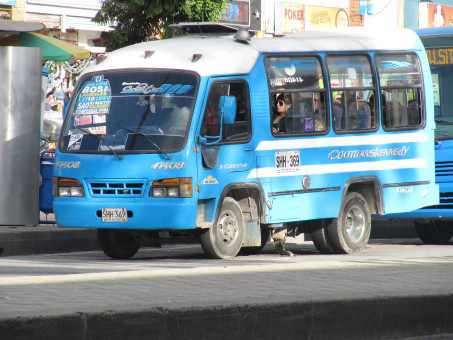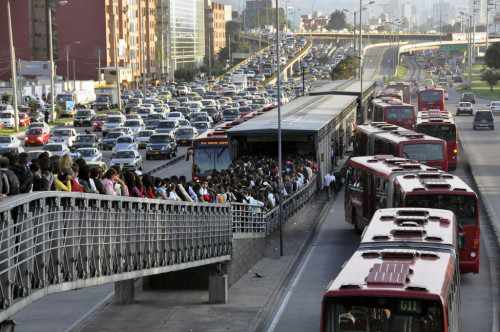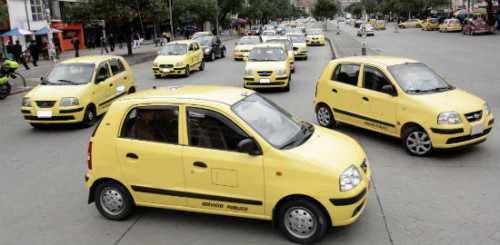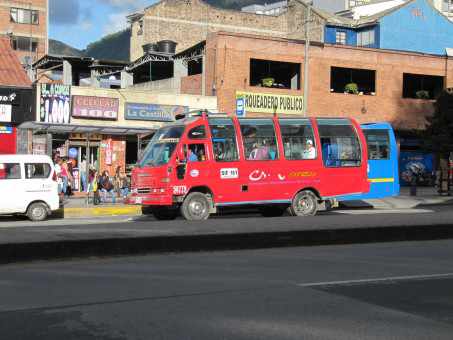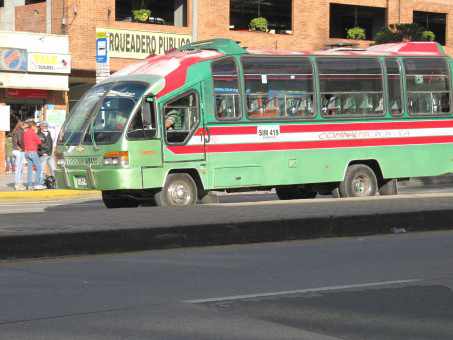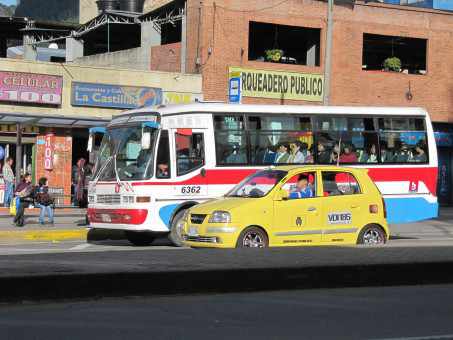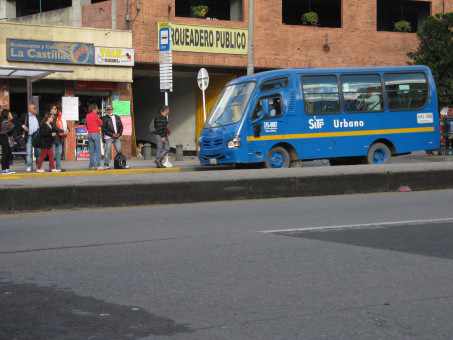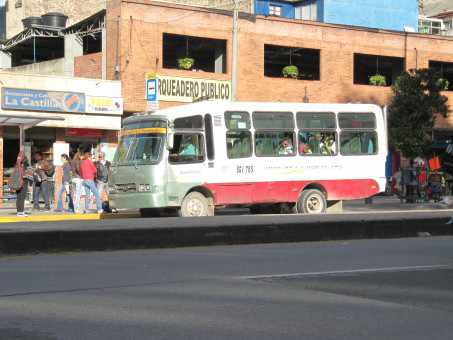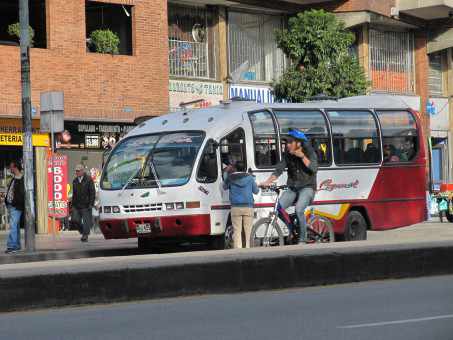by CarEnvy.ca
I first learned about Bogotá’s bus system, the TransMileno (seen below the fold), from watching Gary Hustwit’s documentary Urbanized. If you haven’t watched Hustwit’s latest film, an in-depth look at how different urban development strategies are shaping the world’s largest cities, I’d highly recommend it. The TransMileno bus system was featured for its flexibility, affordability, and unique solutions to mass transit. As someone living in a largish city currently debating how best to solve its own transportation mess, the TranMileno greatly impressed me. So when my mother announced that we were planning a family trip to Colombia over New Years, I was excited to try it out for myself.
Bogotá, at a lofty 8,612 ft above sea level, is home to 10.7 million people in the metro area. Spread across an ancient lakebed and surrounded my lush mountains, the capital of Colombia is emerging from decades, if not centuries, of political and social upheaval. To mobilize this many people is a challenge for any city, particularly one with a relatively small middle class. Former Mayor Enrique Peñalosa solved his city’s transportation hurdles with dedicated bus lanes for the TransMileno, dedicated bicycle lanes, a network of private busses, and a crazy number of taxis.
Before we arrived, we expected the TransMileno’s raised-platform stations to be the start and end of many a journey, but despite the tickets costing less than CAD$1.00 per person, we ended up only taking it once. Why? We found the single- and double-accordian TransMileno busses, particularly over the holiday season, to be crammed to the brim and obfuscated by complex and inconsistent routings. Have you ever seen a municipal bus line that skips every 3rd station during off-peak hours? It was weird, I tell you.
And although we tried bicycling on the Berlinesque red-brick paths, we found them congested with fresh juice carts and people selling used cell phone batteries. Also, the bikes we rented were in such poor repair that they couldn’t have been freely donated in Canada. My brother and father almost murdered the shop owner, such was their pelvic pain. And although we walked a lot, Bogotá is a big city and we couldn’t see everything we wanted to on foot.
So instead of bikes and busses, we took taxis, which were almost exclusively Hyundai i10/Atos and cost no more than $7-10 for even the longest trips.
Since the taxis worked so well, we didn’t even attempt the most intriguing and mysterious of the public transportation options: the private busses of Bogotá. Each sported a different livery, each had a hand-drawn sign in the window, and each stopped at unmarked patches of sidewalk. Hopping on one of Bogotá’s private busses would be a real-life equivalent to hopping on Zaphod Beeblebrox’s Heart of Gold and relying on its Infinite Improbability Drive. Given that we were feeling surprisingly safe in the country known for FARC and Pablo Escobar, we didn’t want to ruin a good thing.
Nonetheless, I found the variety of old Chevys and Daihatsus fascinating and catalogued a few for your anthropological enjoyment. So, enjoy!
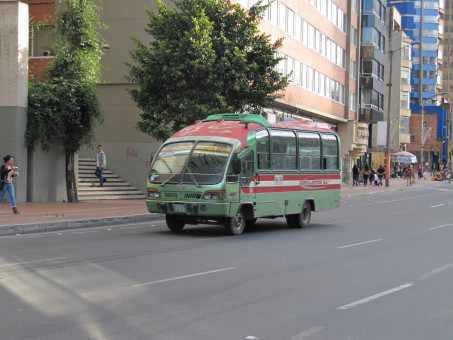
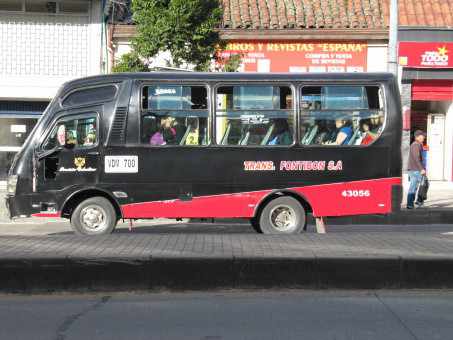
[Photo credits: author, CEET via Carroya, Carlos Pardo via TheCityFix, author for the rest]

